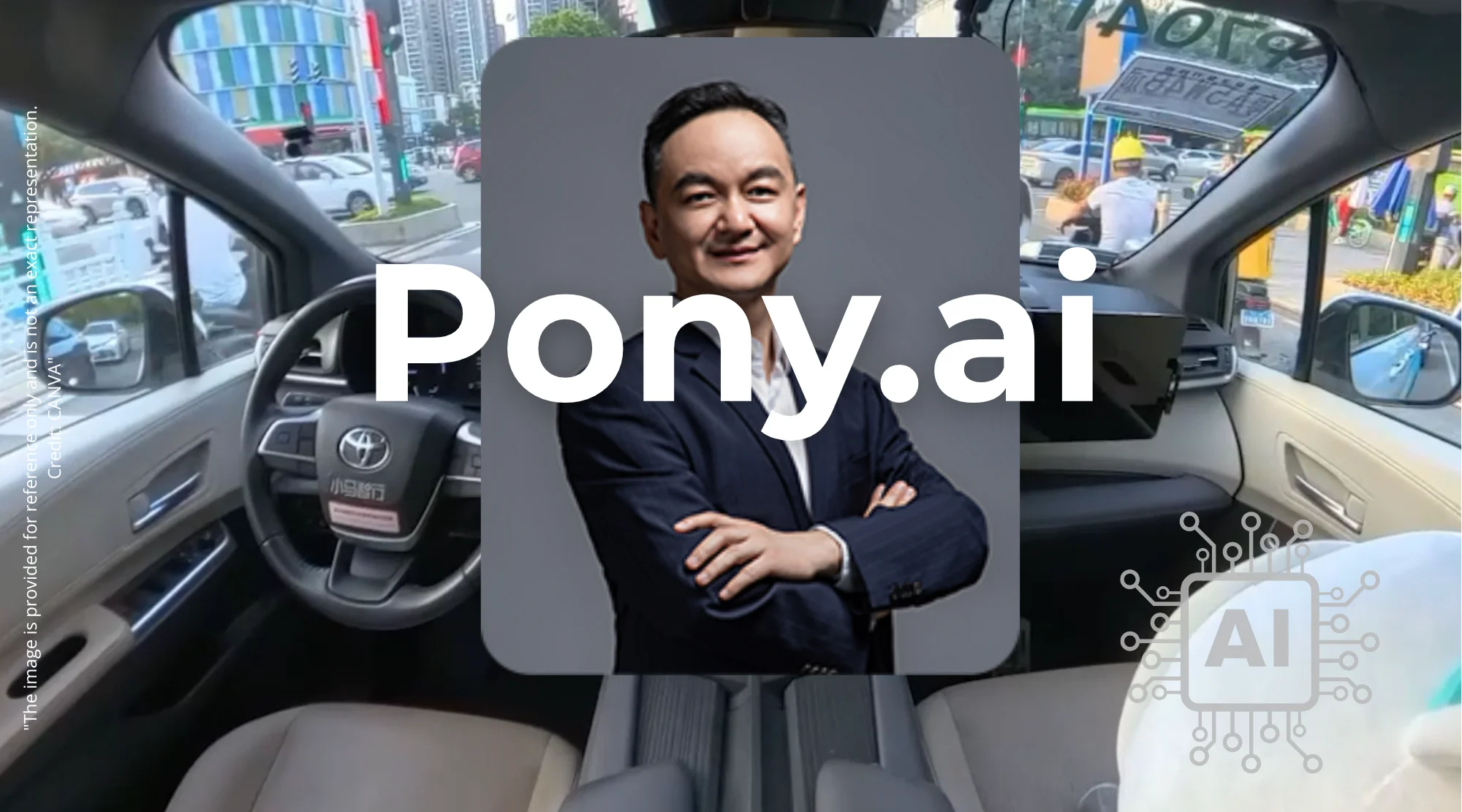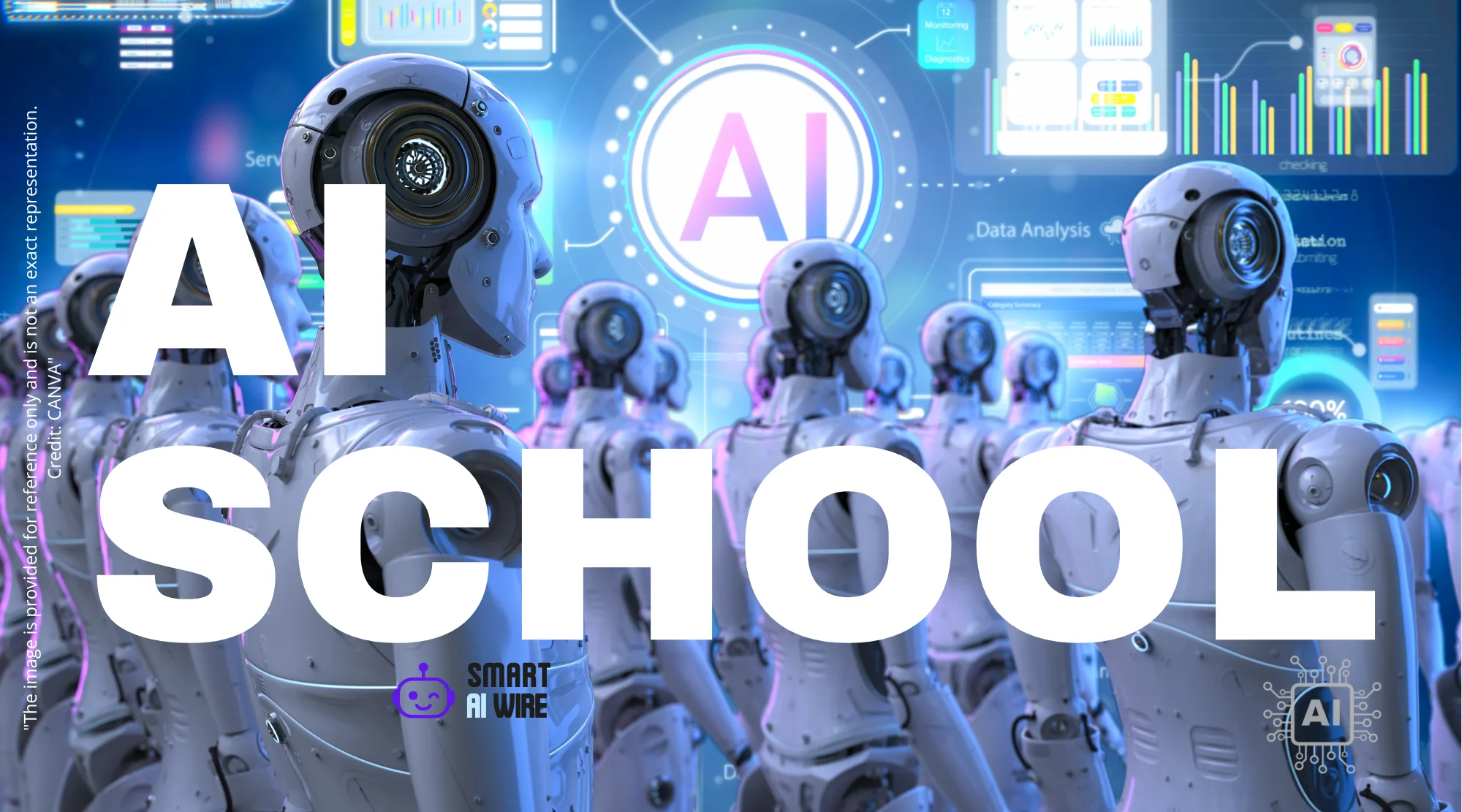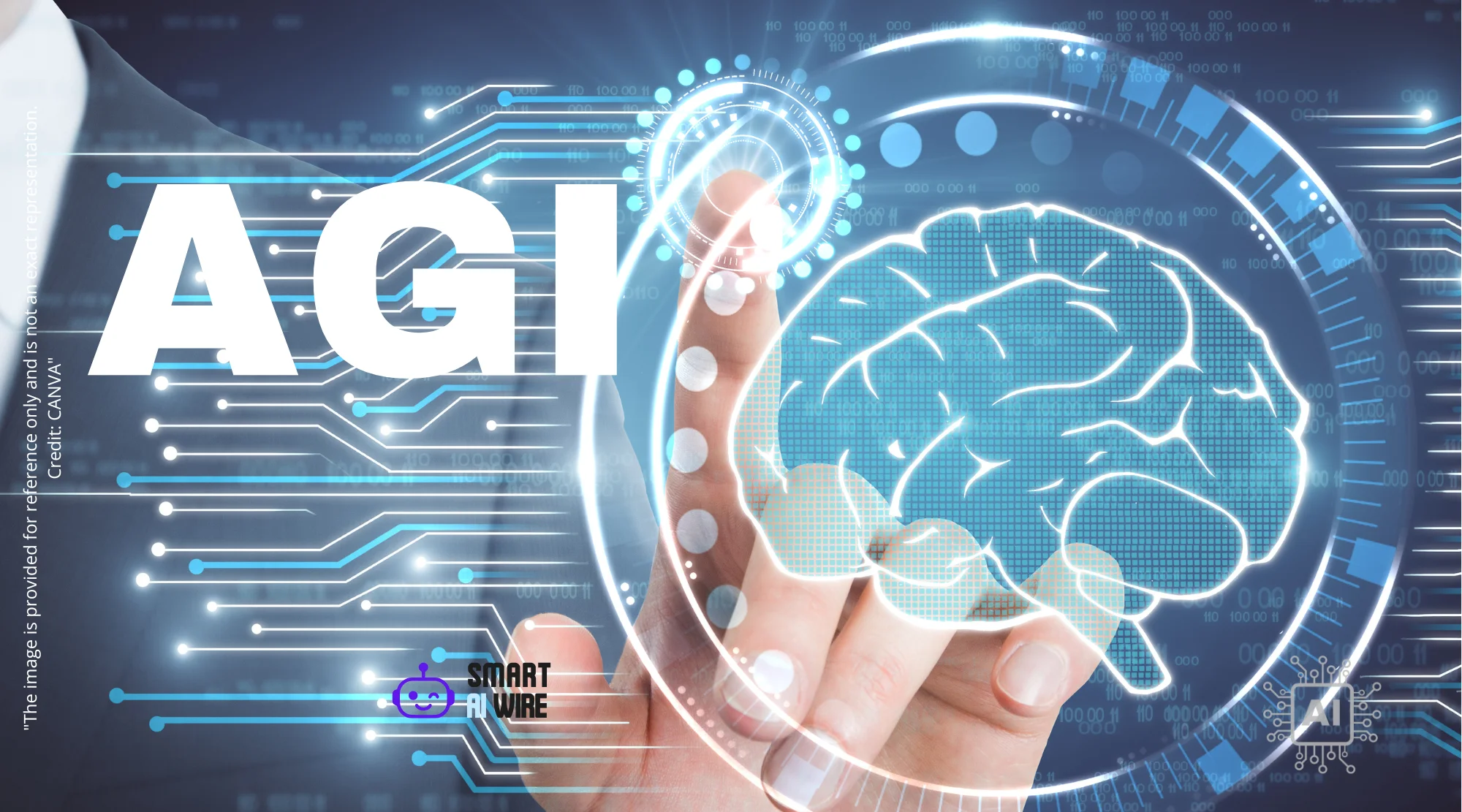The autonomous vehicle industry is rapidly evolving, with companies like Pony.ai at the forefront of innovation. But what does the future hold for autonomous driving, and how will companies navigate the challenges and opportunities ahead? This article dives into the trajectory of autonomous vehicles, exploring the key factors influencing their development and the potential impact on our society.
The Road Ahead for Autonomous Driving: Insights from Pony.ai
The journey towards fully autonomous vehicles is a marathon, not a sprint. While the technology has made significant strides, achieving widespread adoption requires overcoming numerous hurdles, including technological advancements, regulatory frameworks, and public acceptance. Companies like Pony.ai, led by CEO James Peng, are playing a crucial role in shaping this future.

What exactly is driving the advancements in autonomous driving? Beyond the technological breakthroughs, there are significant market forces at play. The potential for increased efficiency in transportation, reduced accidents, and improved accessibility for individuals with disabilities are all compelling drivers. This is covered in more detail in our article AI for Global Good: Solving the World’s Biggest Challenges.
Overcoming Technological Hurdles in Autonomous Vehicle Development
Developing self-driving technology is a complex undertaking that demands expertise in various fields, including computer vision, machine learning, sensor technology, and robotics. One of the primary challenges lies in creating systems that can reliably perceive and understand the environment in real-time, even in adverse weather conditions or complex traffic scenarios.
Sensor fusion, the process of integrating data from multiple sensors such as cameras, lidar, and radar, is critical for achieving a comprehensive understanding of the surroundings. However, processing this data efficiently and accurately requires sophisticated algorithms and powerful computing platforms.
Furthermore, ensuring the safety and reliability of autonomous systems is paramount. This necessitates rigorous testing and validation in diverse environments to identify and address potential failure modes. The use of simulation and virtual testing environments can help accelerate the development process and reduce the risks associated with real-world testing.
External Link: Explore the work of the National Highway Traffic Safety Administration (NHTSA) on autonomous vehicle safety standards.
Regulatory Landscape and Public Perception
The regulatory landscape for autonomous vehicles is still evolving, with governments around the world grappling with how to regulate this emerging technology. Key considerations include liability in the event of accidents, data privacy, and cybersecurity. Establishing clear and consistent regulatory frameworks is essential for fostering innovation and ensuring public safety.
Public perception also plays a significant role in the adoption of autonomous vehicles. Concerns about safety, job displacement, and the potential for misuse need to be addressed through education and transparency. Building trust in the technology is crucial for gaining widespread acceptance. Our article AI Job Displacement: Will Artificial Intelligence Take Your Job? delves deeper into the societal implications.
Robotaxi Expansion and the Future of Urban Mobility
The deployment of robotaxi services represents a significant step towards realizing the full potential of autonomous driving. By offering on-demand transportation without the need for human drivers, robotaxis have the potential to revolutionize urban mobility, reducing congestion, lowering transportation costs, and improving accessibility.
Pony.ai has been actively expanding its robotaxi operations in various cities around the world, including Dubai and Singapore. These expansion moves demonstrate the company’s confidence in its technology and its commitment to bringing autonomous driving to the masses. The integration of AI Agents: Revolutionizing Business Operations and Efficiency can further optimize these robotaxi services, making them even more efficient and reliable.
Goldman Sachs has raised its stock price target for Pony.ai, citing the company’s robotaxi expansion plans as a key driver of growth. This recognition from a major financial institution underscores the significant potential of the autonomous driving market.
The Impact of AI on the Automotive Industry
Artificial intelligence is not just a component of autonomous driving systems; it is transforming the entire automotive industry. From design and manufacturing to sales and marketing, AI is being used to optimize processes, improve efficiency, and enhance the customer experience.
AI-powered design tools can help engineers create safer, more efficient vehicles. AI-driven manufacturing processes can reduce costs and improve quality control. And AI-enabled marketing platforms can personalize the customer experience and drive sales. Consider how AI and Human Authorship: Why the Human Element Remains Final still plays a crucial role even within these automated processes.
Furthermore, AI is playing an increasingly important role in vehicle maintenance and diagnostics. Predictive maintenance systems can identify potential problems before they occur, reducing downtime and extending the lifespan of vehicles. AI-powered diagnostic tools can help technicians quickly and accurately diagnose complex issues. External Link: Explore how companies like Bosch are using AI in automotive diagnostics.
Investment Opportunities in the Autonomous Driving Sector
The autonomous driving sector presents significant investment opportunities for both individual and institutional investors. As the technology matures and adoption increases, companies involved in the development and deployment of autonomous vehicles are poised for significant growth.
However, it’s important to note that investing in the autonomous driving sector also carries risks. The technology is still evolving, and there is uncertainty surrounding the regulatory landscape and public acceptance. Thorough due diligence and a long-term investment horizon are essential. Navigate these decisions wisely using our article AI and Investment: Are Robo-Advisors the Future of Finance?
Conclusion:
The future of autonomous driving is bright, but the road ahead is not without its challenges. Companies like Pony.ai are leading the charge, driving innovation and pushing the boundaries of what’s possible. As the technology matures, regulations become clearer, and public acceptance grows, autonomous vehicles have the potential to transform our transportation systems, making them safer, more efficient, and more accessible. The key takeaway is that continued investment, innovation, and collaboration are essential for realizing the full potential of autonomous driving and shaping the future of mobility.



